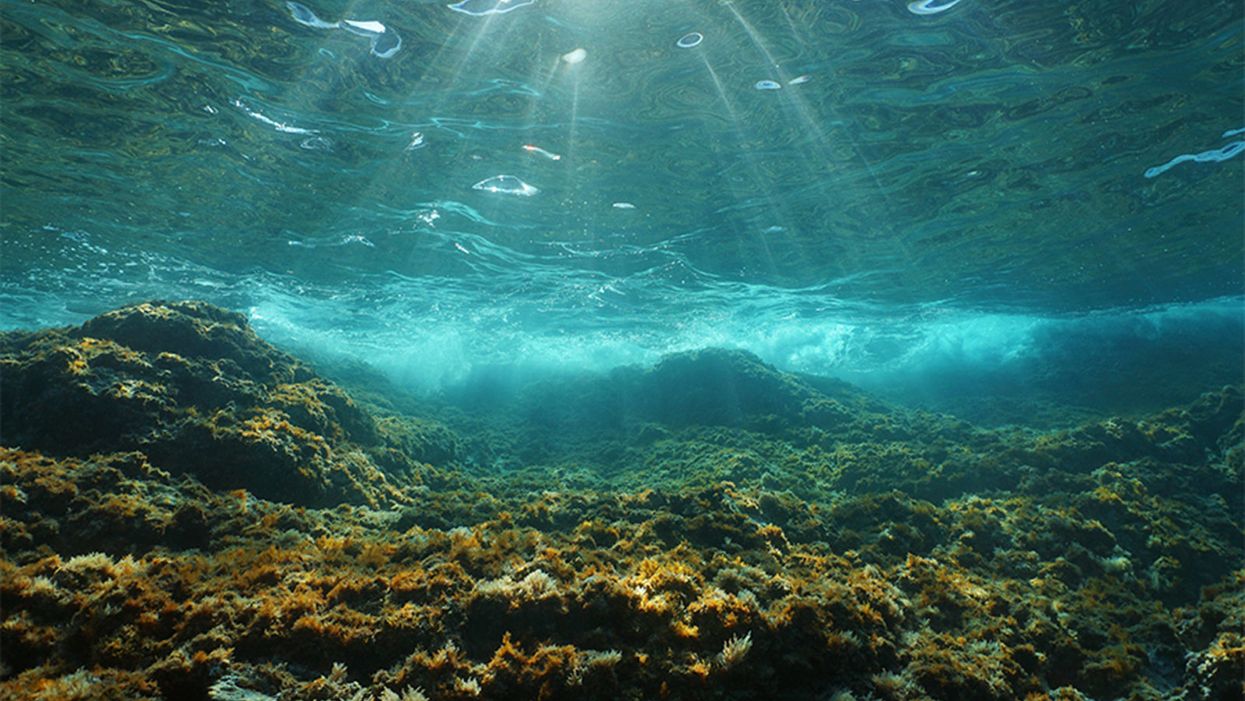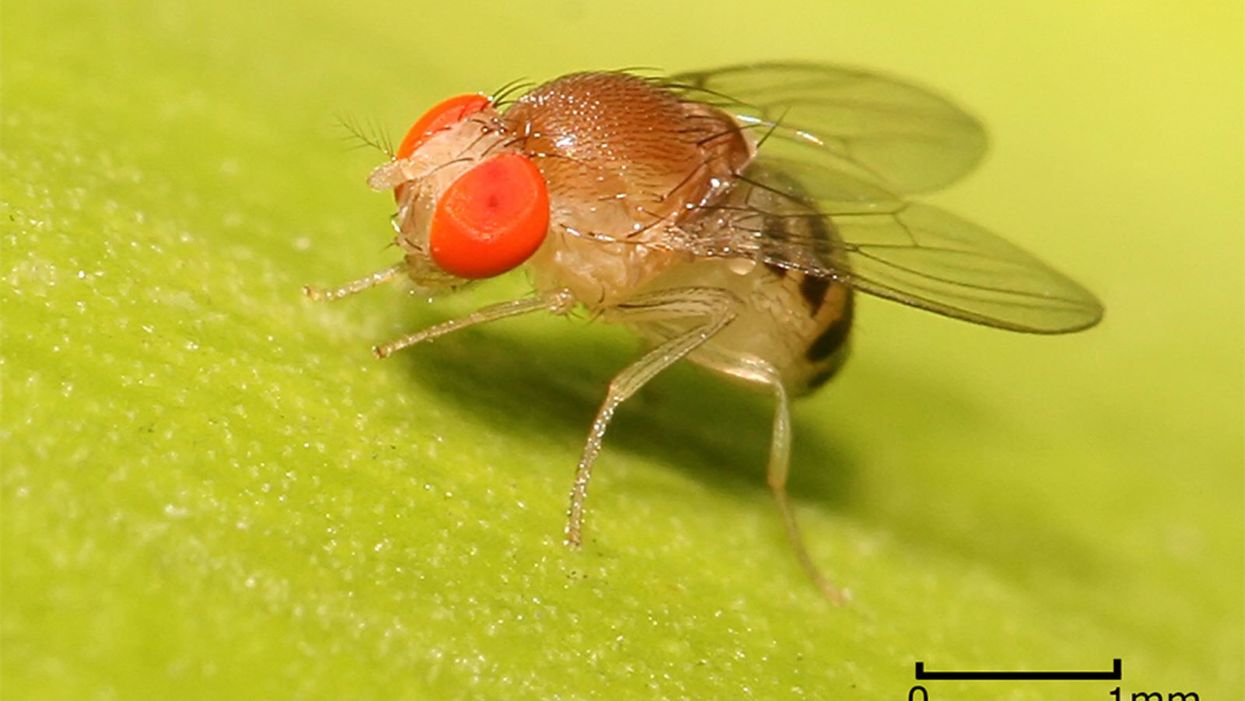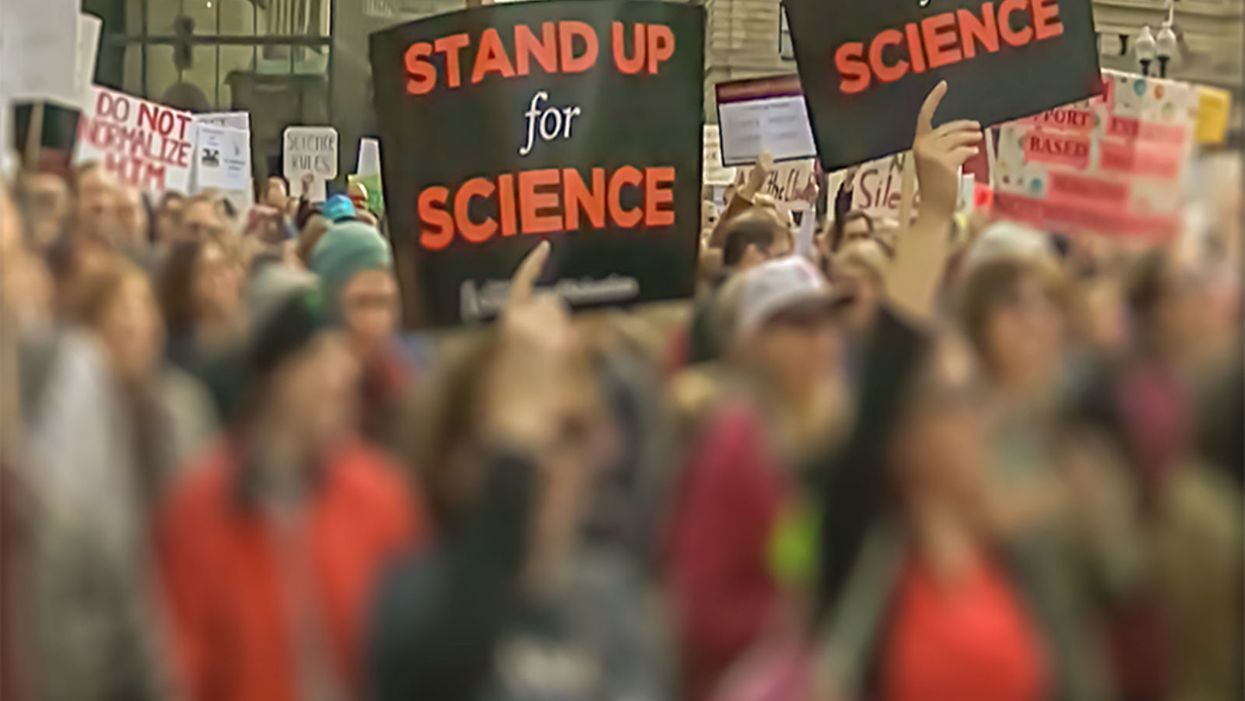Turning Algae Into Environmentally Friendly Fuel Just Got Faster and Smarter
Algae in the Mediterranean sea.
Was your favorite beach closed this summer? Algae blooms are becoming increasingly the reason to blame and, as the climate heats up, scientists say we can expect more of the warm water-loving blue-green algae to grow.
"We have removed a significant development barrier to make algal biofuel production more efficient and smarter."
Oddly enough, the pesky growth could help fuel our carbon-friendly options.
This year, the University of Utah scientists discovered a faster way to turn algae into fuel. Algae is filled with lipids that we can feed our energy-hungry diesel engines. The problem is extracting the lipids, which usually requires more energy to transform than the actual energy we'd get – not achieving what scientists call "energy parity."
But now, the University of Utah team has discovered a new mix that is more efficient and much faster. We can now extract more power from algae with less waste materials after the fact. Paper co-author Dr. Leonard Pease says, "We have removed a significant development barrier to make algal biofuel production more efficient and smarter. Our method puts us much closer to creating biofuels energy parity than we were before."
Next Up
Algae has a lot going for it as an alternative fuel source. It grows fast and easily, absorbs carbon dioxide, does not compete with food crops for land, and could produce up to 60 times more oil than standard land-based energy crops, according to the U.S. Department of Energy. Yet the costs of algal biofuel production are still expensive for now.
According to Science Daily, only about five percent of total primary energy use in the United States came from algae and other biomass forms. By making the process more efficient, America and other nations could potentially begin relying on more plentiful resources – which, ironically, are more common now because of climate change.
Algae fuel efficiency is already a proven concept. A decade ago, Continental Airlines completed a 90-minute Boeing 737-800 flight with one engine split between biofuel and aircraft fuel. The biofuel was straight from algae. (Other flights were done based on nut fuel and other alternative sources.) The commercial airplane required no modification to the engine and the biofuel itself exceeded the standards of traditional jet fuel.
The problem, as noted at the time, is that biofuels derived from algae had yet to be proven as "commercially competitive."
The University of Utah's discovery could mean cheaper processing. At this point, it is less about if it works and more about if it is a practical alternative.
However, it's unclear how long it will take for algae to become more mainstream, if ever.
Open Questions
Higher efficiency and simpler transformations could mean lower prices and more business access. However, it's unclear how long it will take for algae to become more mainstream, if ever. The algae biofuel worked great for a relatively sophisticated Boeing 737 engine, but your family car, the cross-country delivery trucks and other less powerful machines may need to be modified – and that means the industry-at-large would have to revise their products in order to support the change.
Future-focused groups are already looking at how algae can fuel our space programs, especially if it is more renewable, safe and, potentially, cheaper than our traditional fuel choices. But first, it is worth waiting and seeing if corporations and, later, citizens are willing to take the plunge.
Scientists Used Fruit Flies to Quickly Develop a Personalized Cancer Treatment for a Dying Man
Genetically engineered fruit flies are being used in early research to screen novel combinations of cancer drugs for individual patients.
Imagine a man with colorectal cancer that has spread throughout his body. His tumor is not responding to traditional chemotherapy. He needs a radically effective treatment as soon as possible and there's no time to wait for a new drug or a new clinical trial.
A plethora of novel combinations of treatments can be screened quickly on as many as 400,000 flies at once.
This was the very real, and terrifying, situation of a recent patient at Mount Sinai Medical Center in New York City. So his doctors turned to a new tactic to speed up the search for a treatment that would save him: Fruit flies.
Yes, fruit flies. Those annoying little buggers that descend on opened food containers are actually leading scientists to fully personalized cancer treatments. Oncology advances often are more about about utilizing old drugs in new combinations than about adding new drugs. But classically, the development of each new chemotherapy drug combination has required studies involving numerous patients spread over many years or decades.
With the fruit fly method, however, a novel treatment -- in the sense that a particular combination of drugs and the timing of their administration has never been used before -- is developed for each patient, almost like on Star Trek, when, faced suddenly with an unknown disease, a futuristic physician researches it and develops a cure quickly enough to save the patient's life.
How It Works
Using genetic engineering techniques, researchers produce a population of fruit fly embryos, each of which is programmed to develop a replica of the patient's cancer.
Since a lot of genetically identical fly embryos can be created, and since they hatch from eggs within 30 hours and then mature within days, a plethora of novel combinations of treatments can be screened quickly on as many as 400,000 flies at once. Then, only the regimens that are effective are administered to the patient.
Biotech entrepreneur Laura Towart, CEO of the UK- and Ireland-based company, My Personal Therapeutics, is partnering with Mount Sinai to develop and test the fruit fly tactic. The researchers recently published a paper demonstrating that the tumor of the man with metastatic colorectal cancer had shrunk considerably following the treatment, and remained stable for 11 months, although he eventually succumbed to his illness.
Open Questions
Cancer is in fact many different diseases, even if it strikes two people in the same place, and both cancers look the same under a microscope. At the level of DNA, RNA, proteins, and other molecular factors, each cancer is unique – and may require a unique treatment approach.
Determining the true impact on cancer mortality will require clinical trials involving many more patients.
"Anatomy of a cancer still plays a major role, if you're a surgeon or radiation oncologist, but the medical approach to cancer therapy is moving toward treatments that are personalized based on other factors," notes Dr. Howard McLeod, an internationally recognized expert on cancer genetics at the Moffitt Cancer Center, in Tampa, Florida. "We are also headed into an era when even the methods for monitoring patients are individualized."
One big unresolved question about the fruit fly screening approach is how effective it will be in terms of actually extending life. Determining the true impact on cancer mortality will require clinical trials involving many more patients.
Next Up
Using machine learning and artificial intelligence, Towart is now working to build a service called TuMatch that will offer rapid and affordable personalized treatment recommendations for all genetically driven cancers. "We hope to have TuMatch available to patients with colorectal/GI cancers by January 2020," she says. "We are also offering [the fruit fly approach] for patients with rare genetic diseases and for patients who are diabetic."
Are Towart's fruit flies the answer to why the man's tumor shrunk? To be sure, the definitive answer will come from further research that is expected soon, but it's also clear that, prior to the treatment, there was nothing left to do for that particular patient. Thus, although it's early in the game, there's a pretty good rationale for optimism.
A group of protesters march for science.
You read an online article about climate change, then start scanning the comments on Facebook. Right on cue, Seth the Science Denier chimes in with:
The study found that science deniers whose arguments go unchallenged can harm other people's attitudes toward science.
"Humans didn't cause this. Climate is always changing. The earth has always had cycles of warming and cooling—what's happening now isn't new. The idea that humans are causing something that happened long before humans were even around is absurd."
You know he's wrong. You recognize the fallacy in his argument. Do you take the time to engage with him, or write him off and move along?
New research suggests that countering science deniers like Seth is important—not necessarily to change their minds, but to keep them from influencing others.
Looking at Seth's argument, someone without much of a science background might think it makes sense. After all, climate is always changing. The earth has always gone through cycles, even before humans. Without a scientifically sound response, a reader may begin to doubt that human-caused climate change is really a thing.
A study published in Nature found that science deniers whose arguments go unchallenged can harm other people's attitudes toward science. Many people read discussions without actively engaging themselves, and some may not recognize erroneous information when they see it. Without someone to point out how a denier's statements are false or misleading, people are more likely to be influenced by the denier's arguments.
Researchers tested two strategies for countering science denial—by topic (presenting the facts) and by technique (addressing the illogical argument). Rebutting a science denier with facts and pointing out the fallacies in their arguments both had a positive effect on audience attitudes toward legitimate science. A combination of topic and technique rebuttals also had a positive effect.
"In the light of these findings we recommend that advocates for science train in topic and technique rebuttal," the authors wrote. "Both strategies were equally effective in mitigating the influence of science deniers in public debates. Advocates can choose which strategy they prefer, depending on their levels of expertise and confidence."
Who you're really addressing are the lurkers who might be swayed by misinformation if it isn't countered by real science.
So what does that look like? If we were to counter Seth's statements with a topic rebuttal, focusing on facts, it might look something like this:
Yes, climate has always changed due to varying CO2 levels in the atmosphere. Scientists have tracked that data. But they also have data showing that human activity, such as burning fossil fuels, has dramatically increased CO2 levels. Climate change is now happening at a rate that isn't natural and is dangerous for life as we know it.
A technique rebuttal might focus on how Seth is using selective information and leaving out important facts:
Climate has always changed, that's true. But you've omitted important information about why it changes and what's different about the changes we're seeing now.
Ultimately, we could combine the two techniques in something like this:
Climate has always changed, but you've omitted important information about why it changes and what's different about what we're seeing now. Levels of CO2 in the atmosphere are largely what drives natural climate change, but human activity has increased CO2 beyond natural levels. That's making climate change happen faster than it should, with devastating effects for life on Earth.
Remember that the point is not to convince Seth, though it's great if that happens. Who you're really addressing are the lurkers who might be swayed by misinformation if it isn't countered by truth.
It's a wacky world out there, science lovers. Keep on fighting the good fight.


